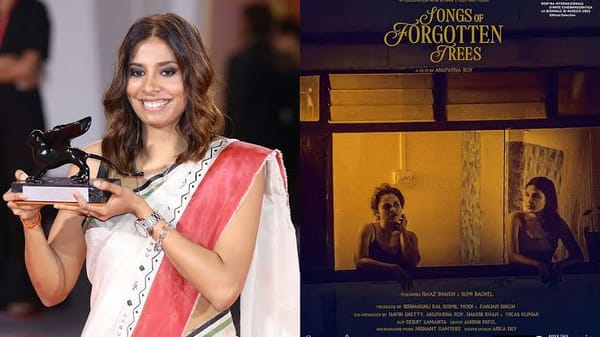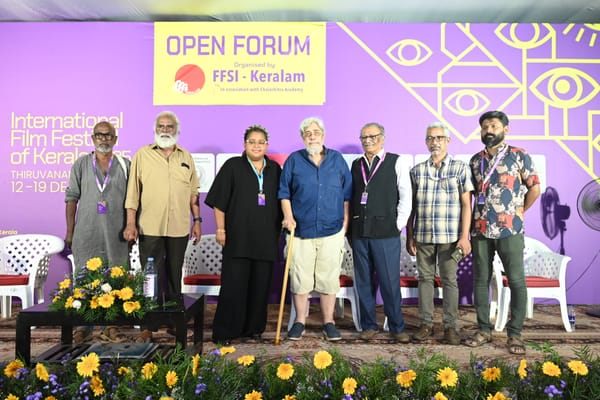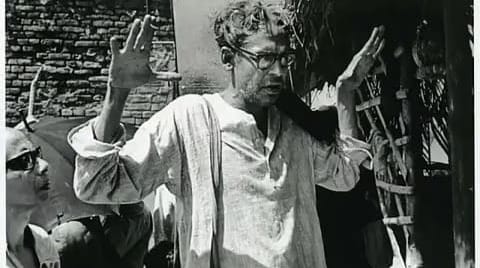The Other Singapore Malayalee Story: Sheela Westre
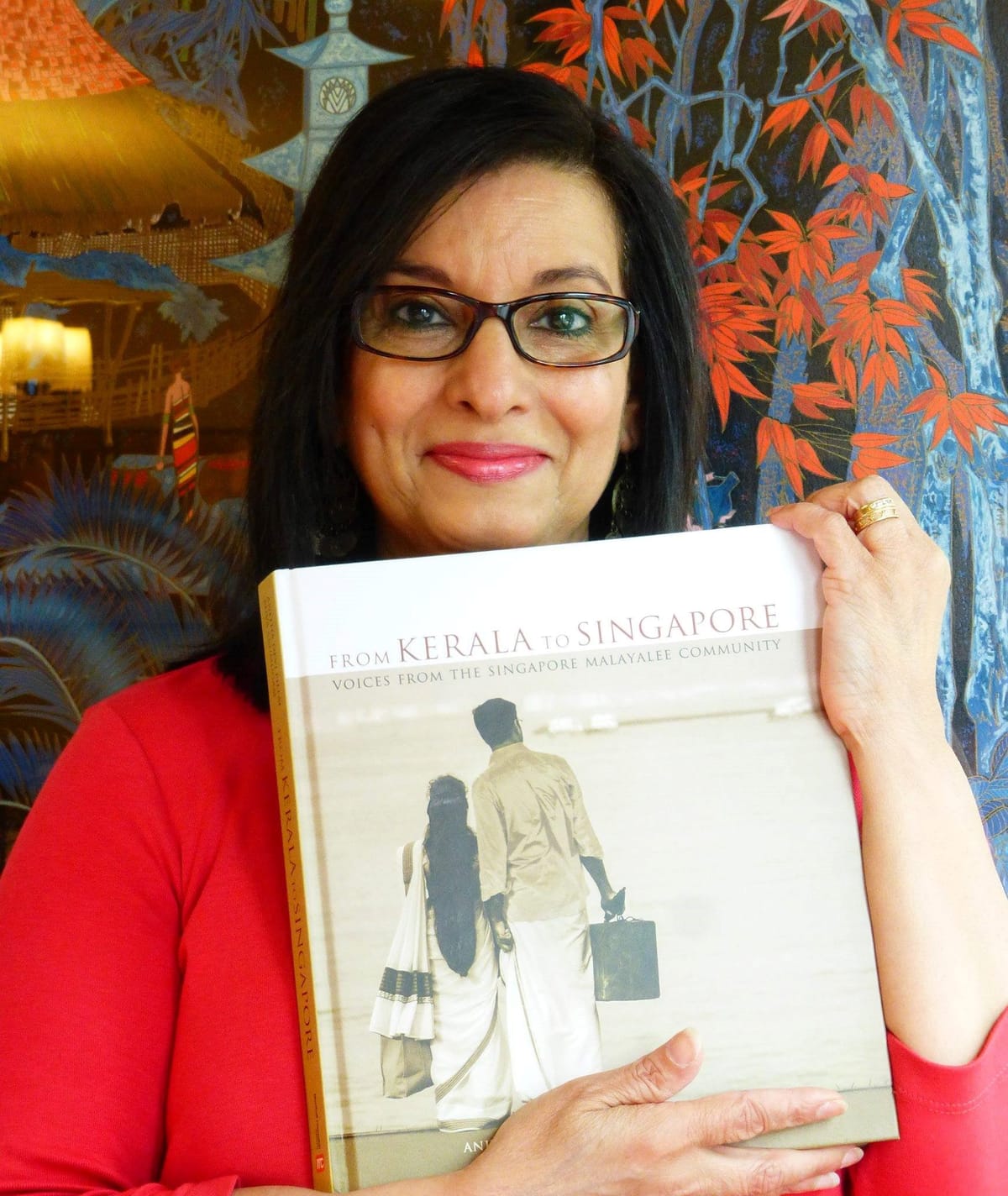
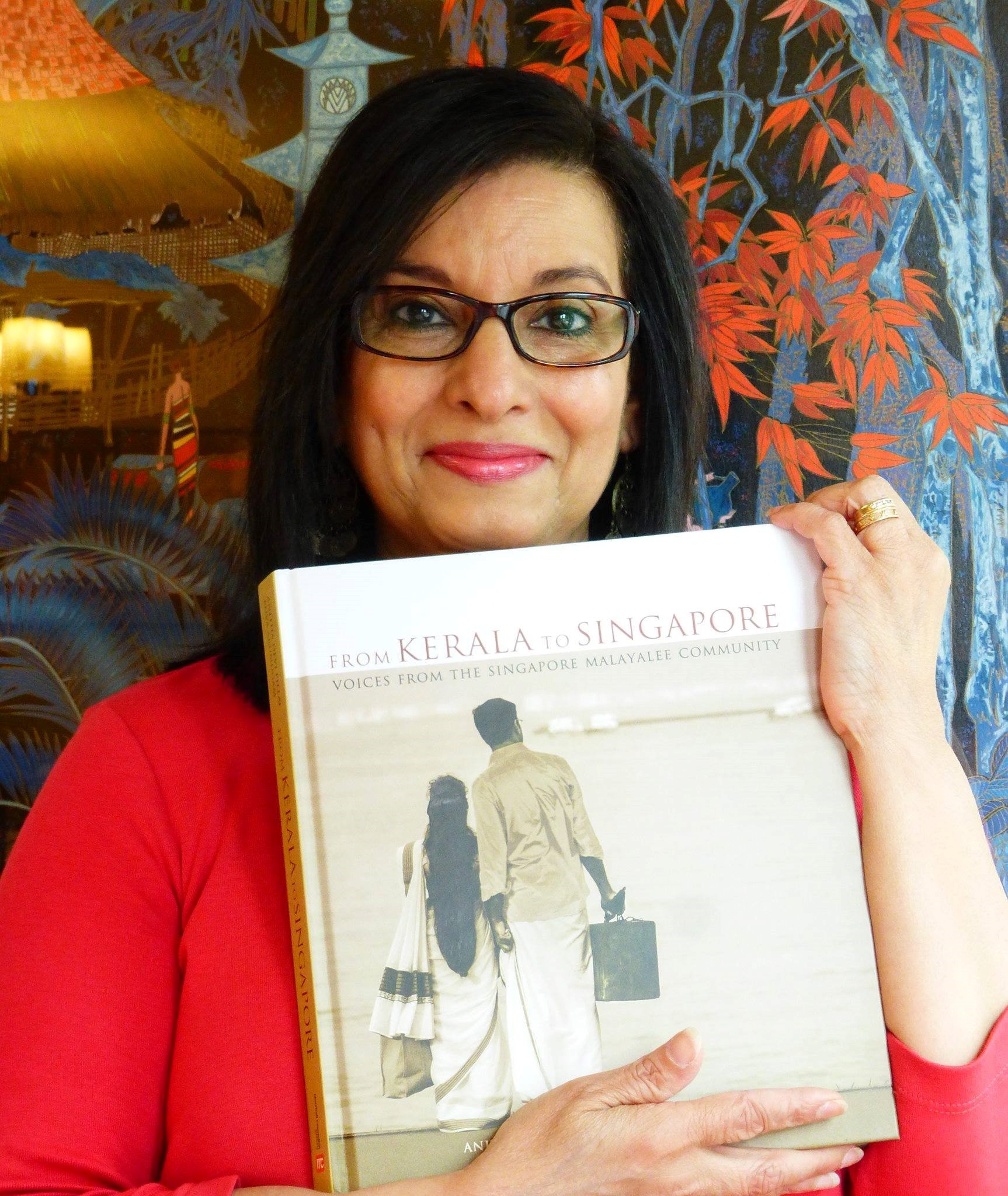
I met Sheela Westre soon after the book, From Kerala to Singapore: Voices from the Singapore Malayalee Community, was released on Amazon in June. She must have been one of our earliest readers from the USA to write to me about the book.
“I loved the book. I read every page and recognized some faces in the beginning of the book.
Now could you tell me who gave you the photo of the Shukoor family on page 35? Akbar, the oldest son (who passed away) took care of us when we were young. His dad and mum were also good friends of the family. I learned more of his family by looking at the photo! Never knew about the other siblings. I only knew he had older sisters. I would love to know where they are now.”
With that note, a conversation started between us. I put her in touch with Mohd. Fuad, Mr Shukoor’s nephew, much to both their delight. She was curious about how her parents’ friends were keeping and about how Kerala Association (renamed as Singapore Malayalee Association) was doing.
Sheela vaguely remembered that her father was the President of the Kerala Association. That was readily verified with a quick check on the list of presidents of the association that hung on the Singapore Malayalee Association walls.
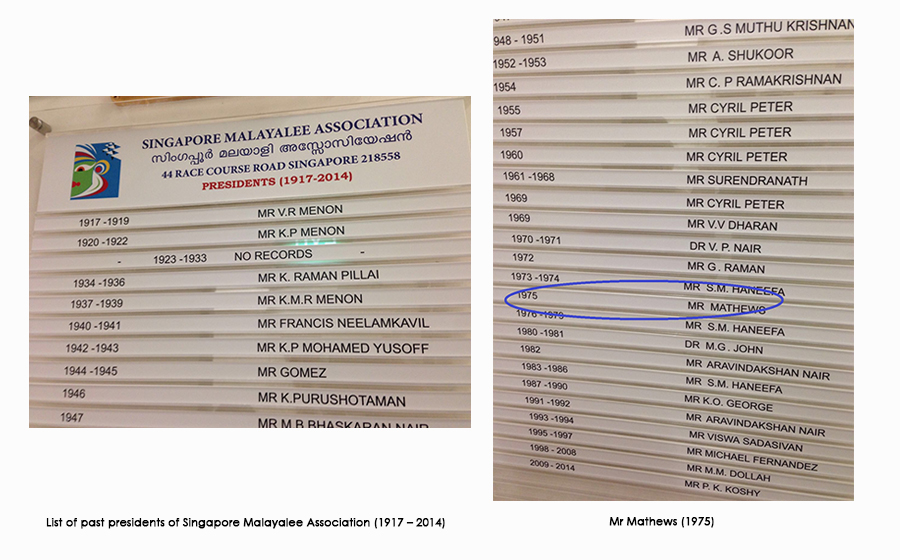
A few months later as I was helping out with the 100th anniversary celebrations of the Singapore Malayalee Association I came across a familiar face in an old Onam magazine.
The Onam magazine or Onopaharam, is a yearly publication of the association and a treasure trove of memories for many people. It is published every year by the association and given out at the yearly Onam Night extravaganza. My sister and I would jostle to be the first to read it. We hated it when the lights dimmed and the show started as that would have meant waiting until the end of the evening to read the magazine in peace. The magazine was made up of articles, creative work from the community as well an extensive collage of photographs of the year’s events.
The photograph I chanced upon looked like it was Mr G Mathews, Sheela Westre’s father. It was taken during the 60th anniversary celebration of Kerala Association on 11 March 1977.
“Isn’t that your dad? He’s name isn’t stated. But it looks like him.”, I said over Messenger.
“YES! That’s my dad in the centre. Amazing that you got the date. Any chance of getting a copy of the magazine online or reading the magazine online?” she replied almost immediately.
“What are the odds that I would find his photo amongst the piles of Onopaharam magazines? It was meant to be found.” I said more to myself than to her.
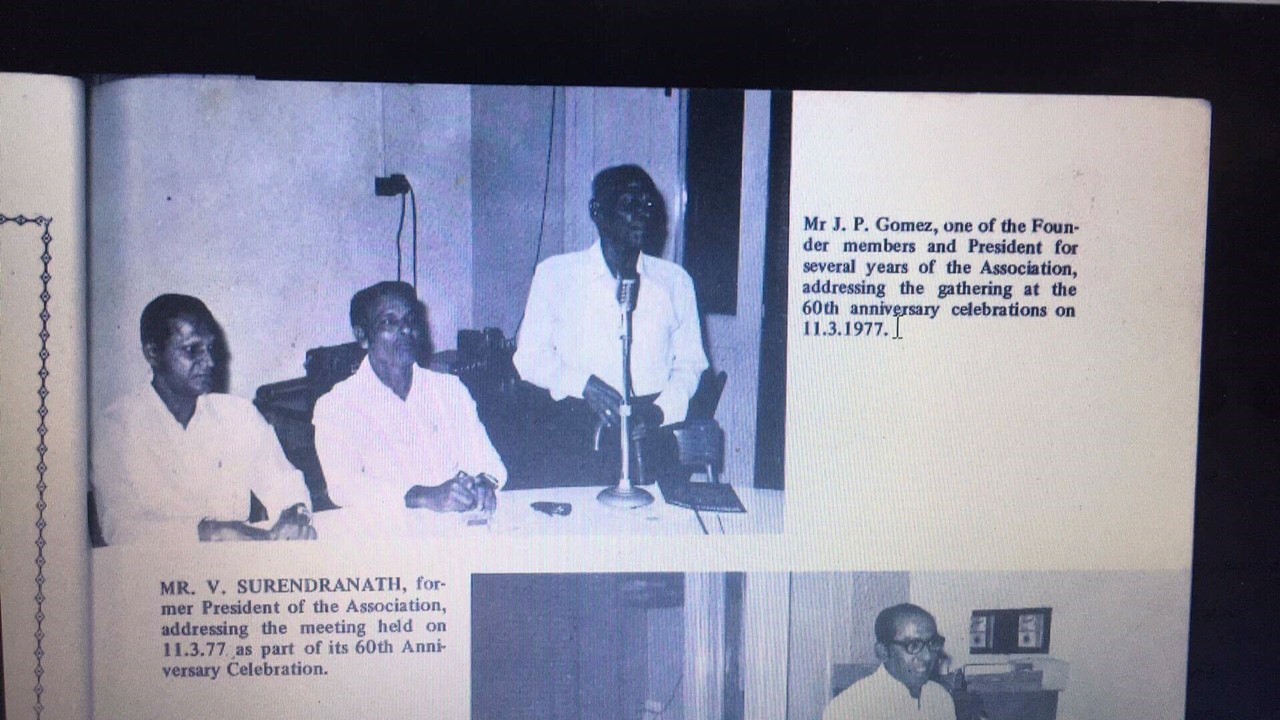

Like Sheela, there are many others who left Singapore years ago, leaving a part of themselves behind. The chance finding of her father’s photograph left me wondering about the stories of the ‘other voices’ of the Singapore Malayalee community – the voices who are now overseas.
This interview is what I hope to be the first of the series of interviews on Malayalees and Malayalee families who left Singapore over the years.
Could you tell us about your family?
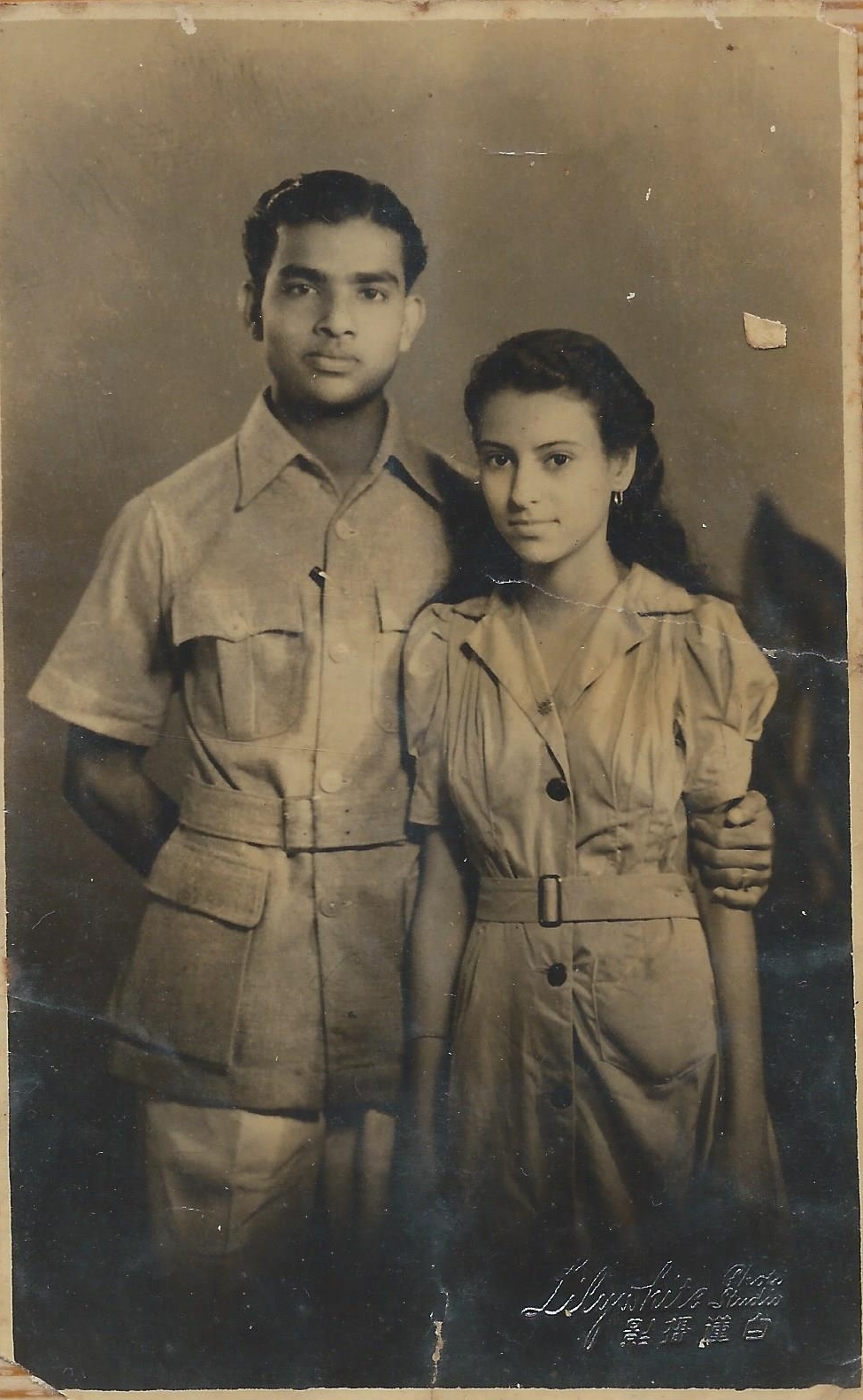
My paternal grandfather was born in Travancore, and owned property at Kadammanitta. They were known as the Mulackal Kudumbam. My paternal grandmother was a Brahmin family known as Pakalomattom Pallivathuckal. They are now known as Thottapuzhasserill Chackolamannil.
My father, M George Mathews, migrated to Singapore from Tranvancore in the 1940’s before the Japanese Occupation. He worked for the British forces and after they pulled out of Singapore. He came to Singapore at the request of one of his older brothers, who was already in Singapore. His brother returned to India, but my dad decided to stay on. My dad also had some cousins living in Singapore. He joined the British High Commission, where he worked for the next 25 years.
He was also an active member of Kerala Association (Singapore) and a member of the Mar Thoma Church. He met my mum, Dinah Solomon, soon after he arrived in Singapore. She was from a Singapore Jewish family. They were married in 1946 and lived in Parry Ave, Opera Estate and Holland Road. I remember Mrs. M.P.D Nair. She was my mother’s best friend. My mother passed away in 2016. I still have family in Singapore like my paternal aunt, Susan Verghese, cousin George Cherian and his wife Anna.
What was it like growing up as a Malayalee in Singapore?
Being of mixed heritage, I grew up really only thinking of myself as a Singaporean. My dad would often speak to us in Malayalam hoping we would pick it up. Two of my siblings can speak a little, but sadly I can only understand some. Dad taught mum to speak Malayalam and she spoke an impressive amount. When dad’s Malayalee friends would call, he always spoke to them in Malayalam.
Dad was very involved with the Kerala Association in Singapore. He was President in 1975. He organized several Onam shows and Onam sports. Dad always made it a point to take us to the Onam celebrations at the then Kerala Association (Singapore Malayalee Association). I remember the dances and everyone, including mum, would wear their beautiful sarees.
Unlike these days, I never really saw the Malayalee ladies adorning the beautiful cream and gold colored Kerala saree in public except for weddings. It was a pleasure to see all the photos in the “From Kerala to Singapore” Facebook page (https://www.facebook.com/SingaporeMalayaleeStory/) of the ladies and men in their Kerala colors. I guess they must be far more readily available now in Singapore.
When dad was President of the Kerala Association, we had many Malayalee friends visit our home. Every Sunday a group of his Malayalee friends would play cards, rotating whose home would host. The wives always accompanied their husbands and would be in the kitchen visiting with one another. The lady of the house would make delicious snacks for everyone, as the games lasted several hours.
When it was at our home, some of them would bring their children, and they were the only other Malayalee children I knew who were not family. There were not that many Malayalees in Singapore. In fact, I can count on one hand the number of other Malayalee children in primary and secondary school with me. Needless to say, we children all spoke in English, while the adults chatted in Malayalam.
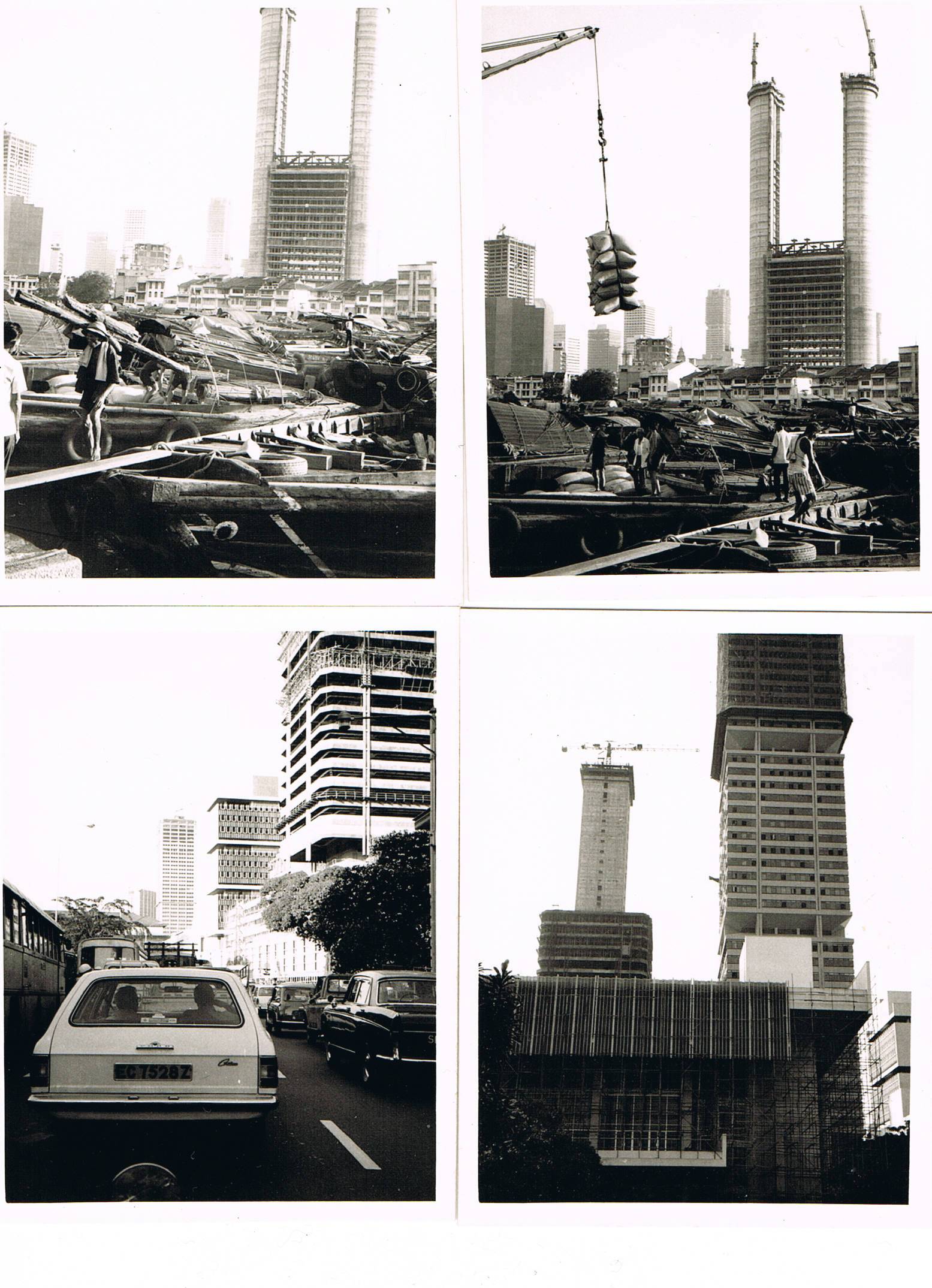
Do you remember any stories your father told you about his early years in Kerala?
I remember my father telling us how he used to have to walk a long distance to school every day in Kerala, unlike us children who were driven. He always mentioned the delicious food his sisters cooked. He taught my mum to cook some Malayalee dishes, and she dished out some lovely curries like Avial, Thoran, Pulli Inji for instace. There was this coconut fish curry--tiny fish cooked in a dark clay pot. It had a pale green gravy with grated coconut. I loved the sauce so much that, when no one was looking, I would scoop a couple of spoons full into my tiny mouth. I also loved the dry meat curry cooked with thinly sliced coconut. Perhaps this explains my love for coconut to this day.
When I was about four years old, my Dad took both my sister and I to Kerala. It was our first trip. Like most people those days, we travelled on the Italian steamer, the S.S. Rajula. It was the first time I experienced motion sickness. I remember how quiet the home in Kerala was where we stayed. There were not many vehicles, and we had to walk quite a distance to get to the river, which had pristine water. I also remember chasing after a little deer (fawn). I remember waking up to the sounds of beautiful singing. You see, my dad’s family (especially the ladies) woke up early to worship. Dad told me that I would wake up on my own and sit quietly around the ladies and watch them sing. I would be remiss if I did not mention how delicious breakfast was. Hot steamed bananas and Aval (flattened rice flakes).
My dad always told us that whenever someone visited you in your home, no matter what you had, you should always feed them. They should always leave full.
Why did you leave Singapore?
Well, I need to tell you how I met my husband Bill Westre, then. It is a long story, but I will give you the short version.
A church friend invited me to come listen to music being played by an Australian Aborigine who was visiting with a larger group. The Australians were staying at Bill’s place, who was living in Singapore for work. Bill was renting a house with two American School teachers.
Before the performance I was chatting with one of the American ladies, and she asked me where I was working. I said “Air-India.” She then said, “Oh, you have to meet Bill. He works for Boeing.” I turned around, saw him, and was immediately smitten. We talked for a short while, and then the performance began. After I left, I did not think that I would ever see him again. As fate would have it, several weeks later, I was returning from lunch and entered the lobby of the Singapore Airlines Building, where Air-India’s offices were also located. To my surprise there was Bill with a friend in the lobby. We recognized each other, and later that week he called me and asked me out for lunch.
Since Bill lived in the same area as us, he started attending the same church. I introduced him to my folks and they liked him. We started dating, and on my birthday, while having lunch at the Kashmir Restaurant, he proposed to me. We married a little over a year from the time we met. We lived in Singapore for a few years after our marriage, leaving for the U.S. in 1978 because Bill’s assignment was over.

We did not return to Singapore until 1988, ten years after I immigrated to the U.S. My parents, brothers, sisters, family, and friends would visit us in the U.S. After we had children we decided that it was time they visited Singapore with us. In the early days, we used to keep in touch with our family in Singapore through letters, cards, and lots of phone calls. Later we used Skype, in addition to travelling there.
Is there a thriving Malayalee community in Seattle?
Sadly, I only know one other Malayalee family here in Seattle. Except for large Indian celebrations done once in a while, there have not been any Malayalee cultural activities here.
We live pretty close to Microsoft, which has a large number of Indian employees. Every so often when I am at the mall I hear someone speaking in Malayalam, usually young Malayalee couples who moved here for work. I always smile as I listen. It makes me happy to hear someone speaking my father’s language and being able to understand them. You might find it interesting to know that the language dynamics are similar here -- when these couples speak to their children in Malayalam, just about all of the children reply in English with an American accent!
If there was one thing that you would want your children to know about being a Singapore Malayalee, what would it be?
This is a tough question, but I think I would like them to know that even if they did not speak Malayalam they would have fun attending the celebrations, hearing the music, and eating the food. I would also want them to know that their love for the curry I cook is from the Singapore Malayalee part of their heritage.
About the story
This story is part of an ongoing series ‘Home away from Home: The Other Singapore Malayalee Story’ which captures the stories of Malayalees who have migrated from Singapore. It is hope that the ‘many voices’ of the Singapore Malayalee community who have migrated can be documented as they are the distant voices of the Singapore Malayalee community. If you would like to be featured in this column, please do get in touch with the author at pillai.anitha@gmail.com.

